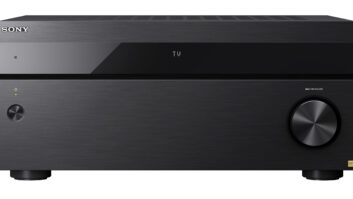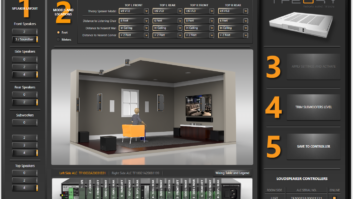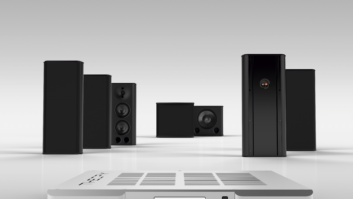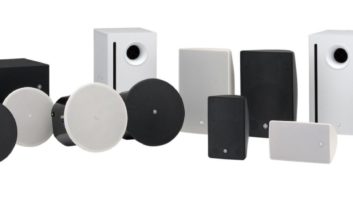Think about a very common public space, or third place as it has been coined: Starbucks versus Dunkin Donuts. Both essentially are in the same businessselling coffee and complimentary sundries. One is decidedly a place designed to encourage lingering; couches, adeptly programmed music, and wireless Internet makes the Seattle guys place somewhere you want to hang out. DDs design is perfect for a dash from the car for a cup of joe and back in record time. If you want to hang and read the paper, youre at a hard-surface counter with seating that makes you want to leave after just a few minutes.
Whether or not you like it or are aware of it, someone designed the space you are in right now. We all have particular senses and preferences for color, convenience, and other creature comforts that we notice. When it comes to selling residential technology, you can also make personalization a central part of how you design systems for your clients. However, it should be more than personalizing touch screens to spec and customizing GUI skins. You should encourage your clients to think about dcor and design goals for their home and how you, as a professional who has been in many nice homes, can help.
Design is functional in terms of how a product or space performs. Design can also evoke emotion, a connection with a thing or space. In our line of work, we install cool products into spaces. How do you determine how the products can complement the space? Do you think about the clients furnishings, either existing or in their future design plans? Most people like to see at least a little bit of their A/V gear other than the obvious display panels and touchscreens, and they have learned to tolerate flush-mount speakers. So, are you working with a cabinet designer to provide great placement of the clients A/V gear? Have you checked out the nearest Ethan Allen store to see what they are up to with furnishings, colors and, gasp, A/V furniture?
Are you installing lighting? If no, why not? You need to do it and learn to get good at it, or establish a good relationship with a lighting designer and/or electrician who can complement your work. Lighting is a very powerful ingredient in stimulating our senses and influences how we perceive a space. You should know basic concepts of lighting design, such as luminance coverage and what types of lighting fixtures are available.
It is critical to know your clients unique preferences, before personalizing their space. How do they live or want to live in their home? What activities do they typically engage in at home? Where do they like to be when not at home? Where do they buy their furniture? What kind of retail stores or spaces do they enjoy? Have you asked them about the homes of their friends and relatives to find out what they like (and dont like) about some of those homes?
You have a huge amount of design input by virtue of your role as installer of plasmas and projector screens in the room. You can help your client create a great experience if you propose different scenarios for the space. Consider the patterns of natural daylight in that room, how furniture placement responds to the light patterns, and vice versa. Think about offering window treatments, not only as functional lighting controls, but also as an enhancement to the rooms dcor.
Seating is central to good space design and plays an enormous role in how interaction with the technology will take place. Theater seating of course, is your sale for the taking, but what about working with furniture designers for other rooms? A great loveseat in front of a plasma or an awesome recliner next to the classic Eileen Gray adjustable table in the reading room along with a pair of incredible speakers should be your sale. If you design the entertainment experience, find a way to design the total space. Work with a local fine furniture business for mutual referrals. Make friends with local interior designers.
Residential system contractors need to learn more about home design elements beyond the A/V gear. The amount of hours that you spend every day in peoples homes is an incredible education in itself. If you were to be exposed to more design, furnishing, lighting, and space planning knowledge, you could enhance your value proposition to your clients.
More design and architecture courses are being taught at industry events than ever before. Seek out these courses, expert panels, and seminars. Reach out to the local chapters of AIA and ASID. Check out fine furniture shows and local home shows that cater to upscale clients.
You should also think about seeking out tradeshows and conferences on interior design and furnishings. In addition to good networking, you will be immersed in a creative environment. Soak it up. Ive recently learned of the International Contemporary Furniture Fair (www.icff.com), which takes place in New York City on May 20-23. I understand it to be an event and place for creative thinking about how to enhance peoples homes through innovative furniture and lighting and more. How cool to know about this stuff and A/V! For great listings of related trade shows, visit www.threehands.com. And, for all things concerning home architecture, www.architecture.about. com is a good starting point.
Remember that you are a residential systems contractor working in peoples homes, designing an experience for them by providing a professional service. Youre an expert. So, go learn something new and then get out there and sell it.







